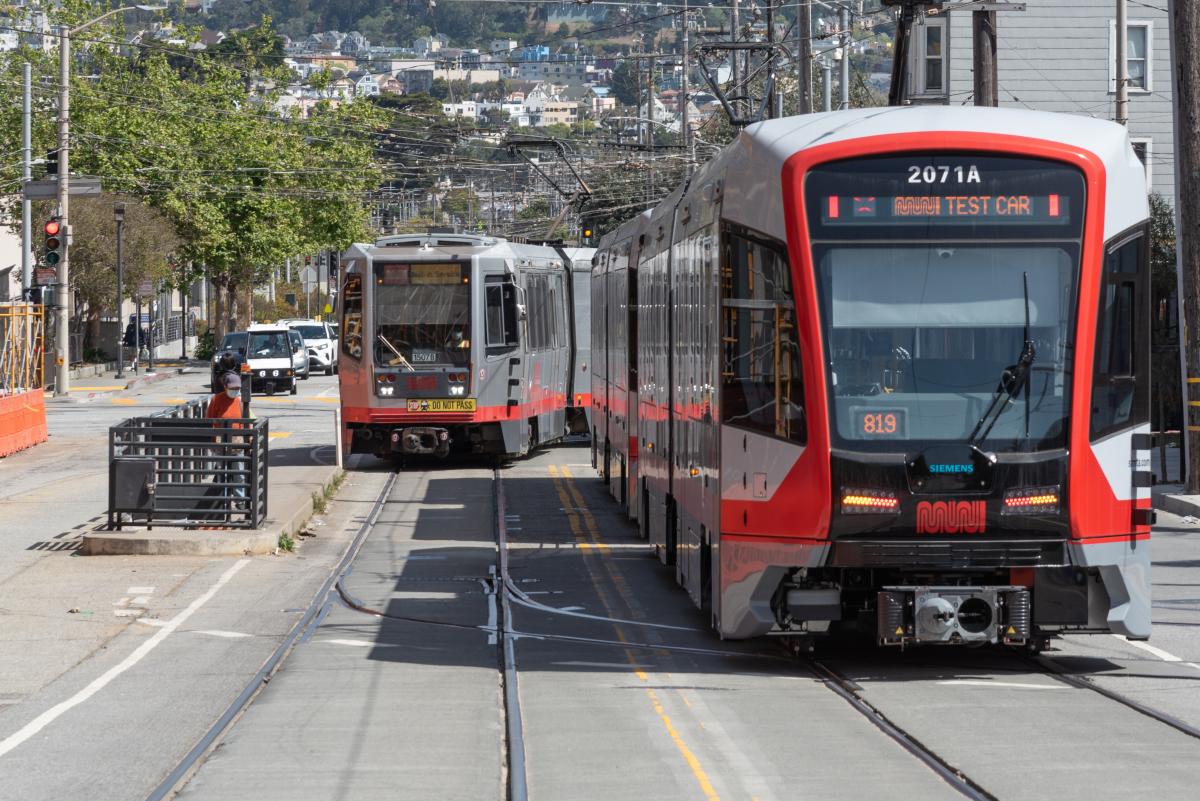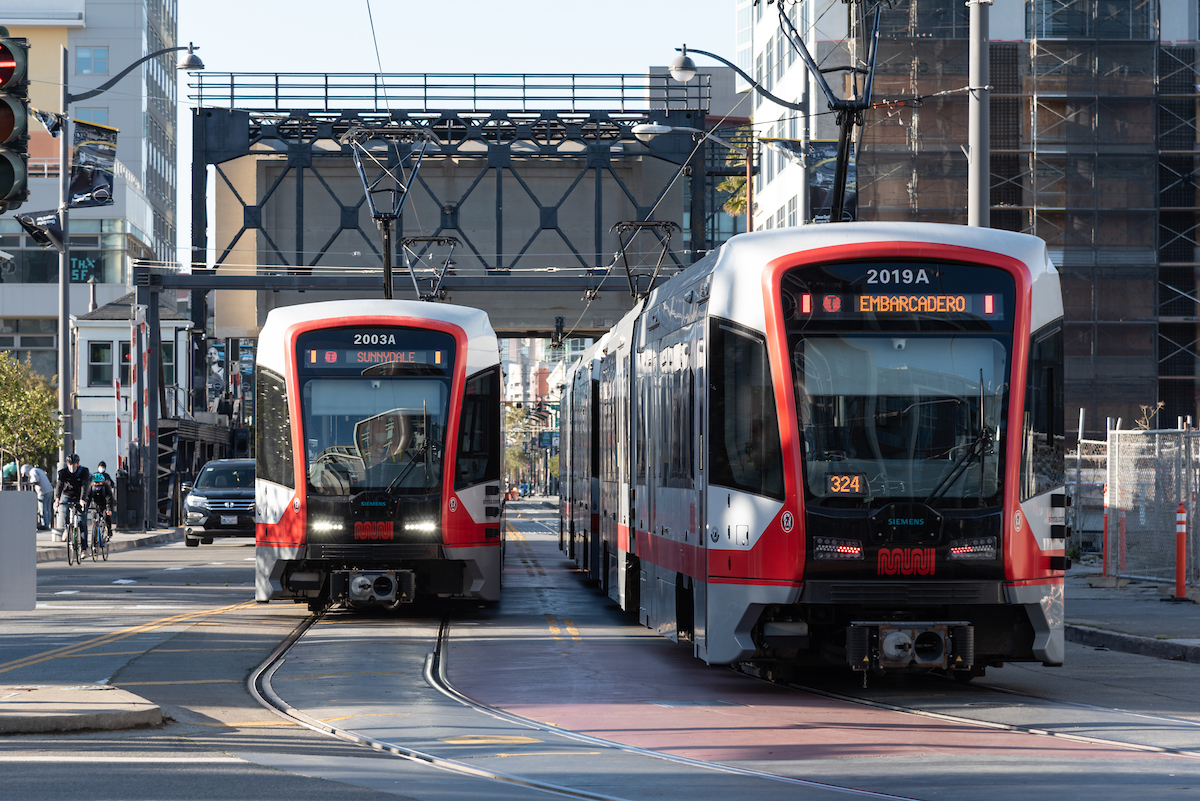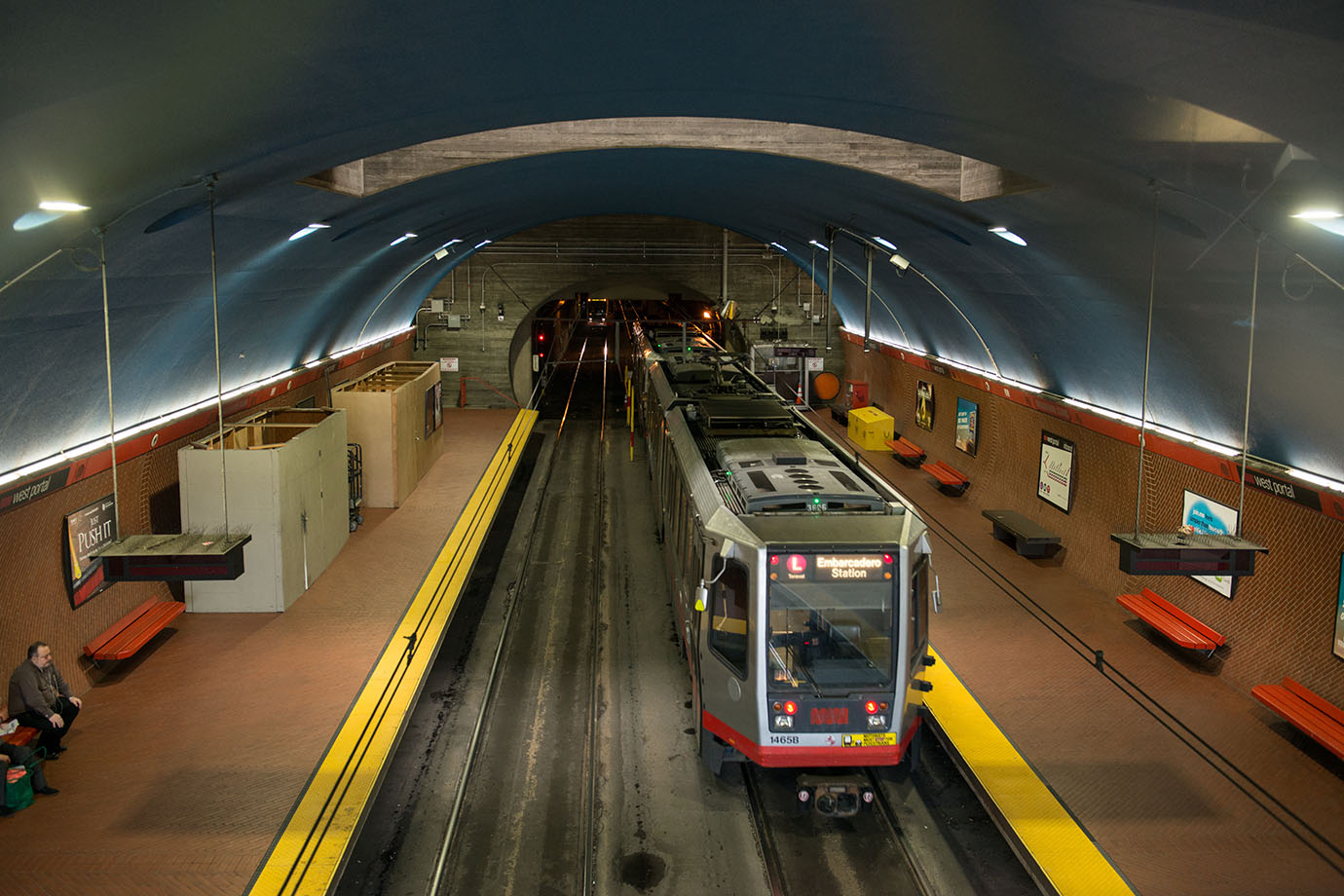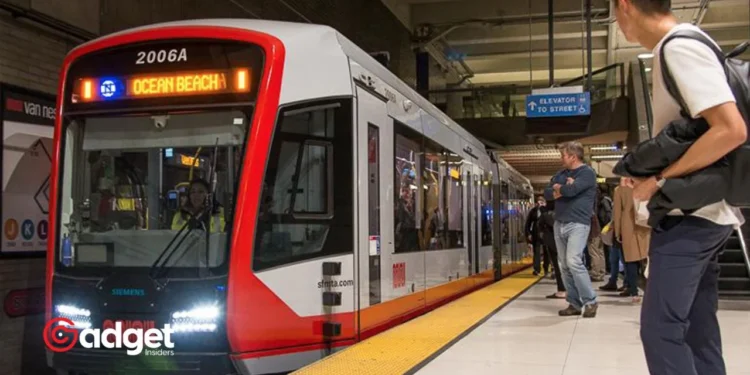In an era where technology evolves at lightning speed, San Francisco, a city synonymous with innovation and tech prowess, has been operating its light rail system with a technology relic from the past: floppy disks.
The San Francisco Municipal Transportation Agency (SFMTA), responsible for the city’s public transport, is finally making strides to update its automatic light-rail control system, moving away from the floppy disk-based operations that have been in place since 1998.

A Nostalgic Yet Risky Reliance
Jeffrey Tumlin, the Director of Transportation at SFMTA, highlighted the system’s outdated nature in a recent interview with ABC. Despite functioning adequately, Tumlin raised concerns over the “increasing risk of data degradation on the floppy disks” each year, pointing out the inevitable catastrophic failure waiting to happen if the system remains unchanged.
The reliance on such archaic technology might come as a surprise to many, especially in a city that houses some of the world’s leading tech companies. The SFMTA’s control system still boots up using three five-inch floppy disks, a detail that Tumlin emphasized, noting a minor discrepancy in disk size portrayal during the broadcast.
This reliance on technology that is now virtually obsolete reflects a broader trend where organizations continue using outdated tech to avoid the high costs of upgrades.
"Those taking public transport in the tech hub of San Francisco may be reassured to know that their rides will soon no longer be dependent on floppy disks."https://t.co/o6cjuooWMH
— Jerome Alexander Horne (@jahorne) April 10, 2024
The Leap Towards Modernization
The process of updating San Francisco’s light rail system will be neither quick nor cheap. Described by Tumlin as “a multi-phase decade-long project,” it aims to eventually unify the rail system under a single train control mechanism.
The upgrade will commence with segments of the Market Street subway and surface areas, gradually extending to cover the entire network.

Financing such an extensive overhaul poses its challenges. Tumlin expressed hope for state and federal grants to cover a significant portion of the project costs, with the remainder funded by Muni’s dwindling internal capital resources.
The project’s ambitious scope and financial strategy highlight the city’s commitment to enhancing public transportation infrastructure and safety.
Beyond San Francisco: A Global Context
San Francisco’s step towards modernizing its light rail system echoes a larger global trend of transitioning away from outdated technology in critical infrastructure.
From the US nuclear arsenal’s shift from eight-inch floppy disks to solid-state drives in 2019 to the Japanese government’s recent farewell to the 3.5″ floppy disk, the move away from legacy systems is a testament to the ongoing evolution in technology deployment and the importance of maintaining up-to-date systems to ensure reliability and efficiency.

Reflections on a Tech-Driven Future
San Francisco’s light rail upgrade is more than just a transition from floppy disks to modern storage solutions; it’s a reflection of the city’s identity as a hub of innovation and progress.
While the iconic cable cars remain a tourist favorite, the light railway’s enhancement signifies San Francisco’s dedication to providing efficient, reliable public transportation for its residents and visitors alike.
As we look forward to the advancements this upgrade will bring, it’s clear that the journey from floppy disks to the latest in technology is not just about improving a transit system but about moving a city that’s known for leading the tech world firmly into the future.
This ambitious project underscores the critical role of technology in shaping our cities, our communities, and our daily lives, ensuring that infrastructure keeps pace with the rapid advancements that define our era.










